Table of content
- Cooling Rice Promptly
- Refrigeration Best Practices
- Freezing for Long-Term Use
- Temperature Thresholds
- Device-Specific Methods
- Avoid Dangerous Practices
- Fried Rice
- Rice Pudding
- Stuffed Vegetables
- Rice Flour
- Rice Water Skincare
- Myth 1: “Rinsing rice removes bacteria.”
- Myth 2: “Adding vinegar or lemon juice preserves rice.”
- Myth 3: “Reheating kills all bacteria.”
Rice, a staple food in countless cultures worldwide, often appears in abundance on dinner tables. Whether served as a side dish, a base for curries, or the star of fried rice recipes, its versatility is unmatched. However, the convenience of saving leftovers for future meals comes with critical responsibilities. Consuming improperly stored or reheated rice can lead to foodborne illnesses, caused by bacteria that thrive in stagnant, moist environments. This article explores the science behind rice spoilage, actionable steps to ensure safety, and creative strategies to repurpose leftovers while minimizing health risks.
The Hidden Dangers: Understanding Bacterial Growth in Rice
Leftover rice poses a unique risk compared to other leftovers due to the Bacillus cereus bacterium, a spoilage organism commonly found in soil, dust, and uncooked grains. Unlike pathogens such as Salmonella or E. coli, which contaminate food externally, B. cereus exists naturally in rice kernels. During cooking, high temperatures kill vegetative bacteria but often leave heat-resistant spores intact. If cooked rice is left at room temperature, these spores germinate, multiplying rapidly and producing toxins that cause vomiting or diarrhea.
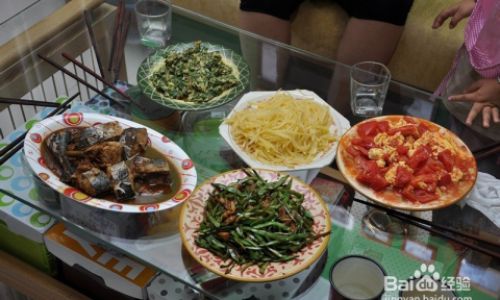
The “danger zone” for bacterial growth—between 40°F (4°C) and 140°F (60°C)—is particularly perilous for rice. Within this range, B. cereus spores transform into active cells, releasing enterotoxins that survive cooking temperatures. Symptoms of intoxication, including nausea, abdominal cramps, and diarrhea, typically emerge within 6–24 hours of ingestion. While most cases resolve independently, vulnerable populations—children, the elderly, and immunocompromised individuals—face severe complications, including dehydration or hospitalization.
Step-by-Step Guide to Safe Rice Storage
Cooling Rice Promptly
After cooking, rice should never remain at room temperature for more than two hours. Bacteria double every 20 minutes in the danger zone, turning a harmless meal into a hazard. To accelerate cooling:
- Spread rice in shallow containers: A thin layer (no deeper than 2 inches) increases surface area, allowing heat to escape faster.
- Use ice baths: Place the cooking pot in a sink filled with cold water, stirring occasionally to distribute coolness.
- Avoid large batches: Divide rice into meal-sized portions before refrigerating to prevent prolonged cooling times.
Refrigeration Best Practices
Modern refrigerators maintain temperatures below 40°F (4°C), inhibiting bacterial growth. However, improper storage can negate these benefits:
- Store in airtight containers: Glass or BPA-free plastic containers with tight-fitting lids prevent cross-contamination and moisture loss.
- Label with dates: Use masking tape to mark preparation dates, ensuring consumption within 3–4 days.
- Avoid the refrigerator door: The door’s fluctuating temperatures accelerate spoilage; store rice on middle shelves instead.
Freezing for Long-Term Use
For meals planned beyond four days, freezing halts bacterial activity. Follow these guidelines:

- Portion rice into freezer-safe bags: Remove excess air to prevent freezer burn.
- Thaw safely: Transfer frozen rice to the refrigerator overnight; never thaw at room temperature.
- Reheat only once: Freezing does not destroy toxins, so reheating multiple times amplifies risks.
Reheating Techniques That Eliminate Risks
Proper reheating is as critical as storage. Follow these protocols to ensure safety:
Temperature Thresholds
- Heat to 165°F (74°C): Use a food thermometer to verify internal temperature, as visual cues like steam are unreliable.
- Stir thoroughly: Distribute heat evenly to eliminate cold spots where bacteria might survive.
Device-Specific Methods
- Microwave: Use a microwave-safe dish, cover with a damp paper towel to retain moisture, and heat in 1-minute intervals, stirring between each.
- Stovetop: Add a tablespoon of water per cup of rice, cover with a lid, and simmer on low heat until steaming.
- Oven: Spread rice in a baking dish, cover with foil, and bake at 300°F (150°C) for 15–20 minutes.
Avoid Dangerous Practices
- Never reheat in slow cookers: Their low, gradual heat fails to kill bacteria quickly enough.
- Discard rice left out overnight: Even reheating cannot neutralize toxins produced during prolonged room-temperature exposure.
Identifying Spoiled Rice: Sensory Cues and Warning Signs
Trust your senses when evaluating leftovers:
- Off-odors: A sour, musty, or chemical smell indicates fermentation or toxin production.
- Unusual texture: Sliminess, excessive clumping, or discoloration (gray/green hues) suggest microbial activity.
- Mold growth: Fuzzy patches in blue, green, or white are clear signs of contamination.
When in doubt, adhere to the adage: “When uncertain, throw it out.” The cost of replacing rice is negligible compared to medical bills from food poisoning.
Creative Ways to Repurpose Leftover Rice
Beyond reheating, leftover rice offers culinary flexibility. Try these ideas:
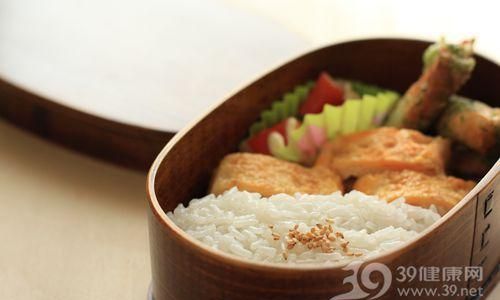
Fried Rice
Sauté vegetables, proteins, and garlic in oil, then add rice, soy sauce, and a beaten egg for a quick meal.
Rice Pudding
Simmer rice with milk, sugar, and cinnamon until thickened; serve warm or chilled with fruit.
Stuffed Vegetables
Use rice as filler for bell peppers, tomatoes, or zucchini, baked with tomato sauce and cheese.
Rice Flour
Dry rice in a low-temperature oven, then blend into a fine powder for gluten-free baking.
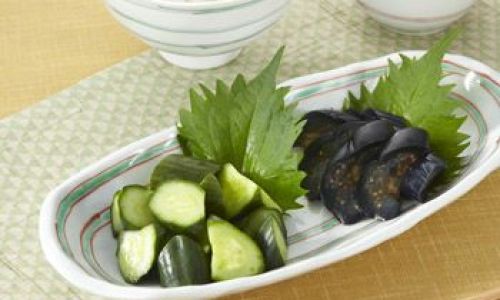
Rice Water Skincare
Boil rice in water, strain, and use the milky liquid as a facial toner to soothe irritated skin.
Cultural Perspectives on Leftover Rice
In many Asian cultures, consuming leftover rice is both practical and symbolic. For example, Japanese ochazuke involves pouring green tea over cold rice, while Chinese households transform day-old rice into crispy congee. However, traditional methods sometimes clash with modern food safety guidelines. For instance, leaving rice to cool uncovered—a practice believed to “dry” the grains—increases B. cereus risks. Balancing heritage with hygiene requires adapting rituals, such as covering rice during cooling or using insulated containers to maintain safe temperatures.
Debunking Myths About Rice Safety
Myth 1: “Rinsing rice removes bacteria.”
Rinsing eliminates surface starch but not internal spores. Cooking remains essential for safety.
Myth 2: “Adding vinegar or lemon juice preserves rice.”
While acidic ingredients inhibit some bacteria, they do not neutralize B. cereus toxins.
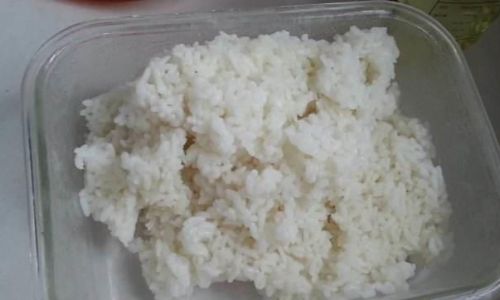
Myth 3: “Reheating kills all bacteria.”
Reheating destroys vegetative cells but not spores, which can reactivate if rice cools again.
Conclusion: Embracing Safety Without Sacrificing Convenience
Leftover rice is a kitchen ally, reducing waste and offering quick meal solutions. By understanding B. cereus biology, adhering to strict storage protocols, and mastering reheating techniques, consumers can enjoy rice safely across days. Pair this knowledge with creative repurposing strategies, and leftover rice transforms from a potential hazard into a culinary asset. Whether you’re a busy parent, a budget-conscious student, or a traditionalist honoring cultural practices, these guidelines ensure that convenience never compromises health. Remember: the key to safe leftovers lies not in avoiding them, but in respecting the invisible enemies that lurk where warmth and moisture meet.
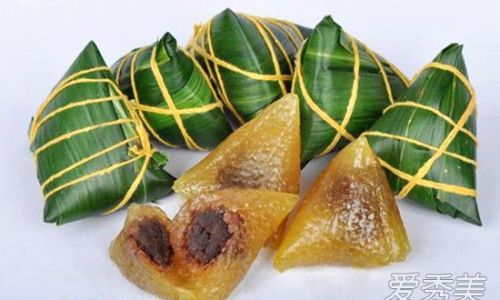
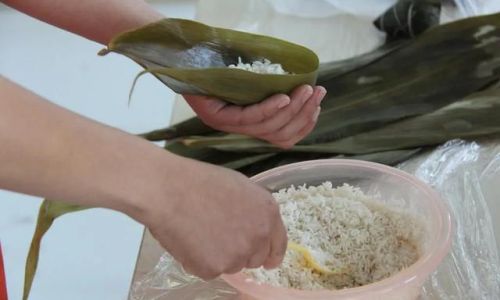
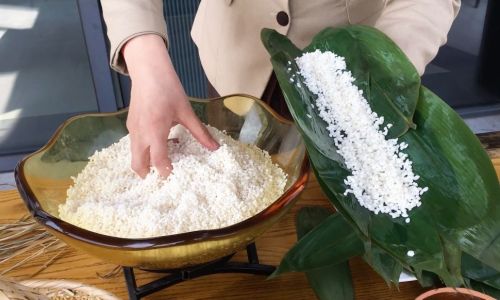
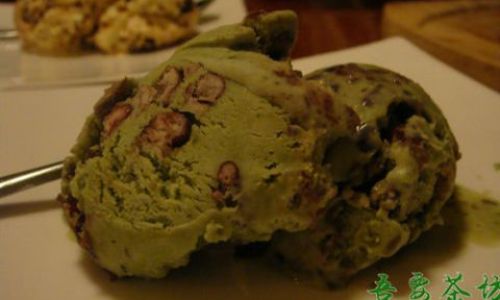

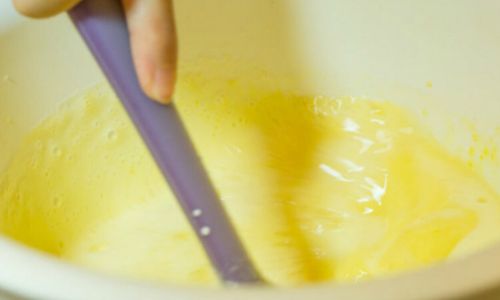
0 comments